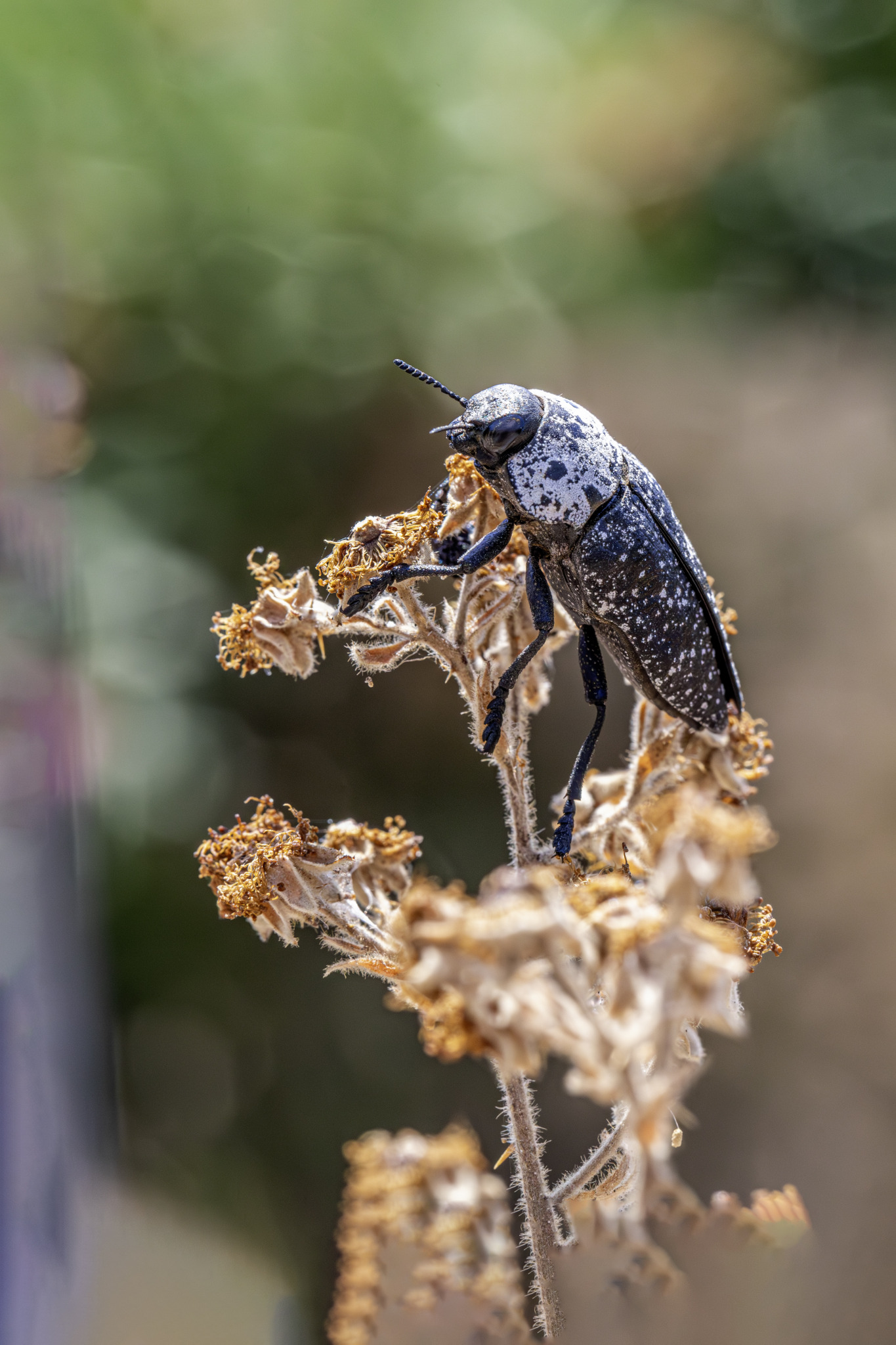The Texas Click Beetle (Alaus lusciosus) is a notable species of click beetle found primarily in North America. It is known for its distinctive appearance and unique behavior. Here’s a detailed overview of this beetle:
Description
- Size:
- Length: Approximately 30-40 millimeters (1.2-1.6 inches), making it relatively large compared to other click beetles.
- Appearance:
- Coloration: The Texas Click Beetle is generally dark brown or black with a metallic sheen. Its elytra (wing covers) often have a slightly iridescent appearance.
- Body: It has a robust, oval-shaped body with a smooth, shiny surface.
- Head: The head is small relative to the body and is usually concealed by the pronotum (the part of the thorax that covers the head).
- Eyes: The eyes are large and prominent, providing excellent vision.
Habitat
- Distribution: The Texas Click Beetle is primarily found in North America, particularly in the southwestern United States, including Texas.
- Preferred Environment: It inhabits a variety of habitats, including forests, woodlands, and open areas with sufficient vegetation. It is often found under logs, in decaying wood, and in leaf litter.
Behavior and Ecology
- Feeding:
- Diet: The larvae of the Texas Click Beetle are known to feed on decaying wood and other organic matter. Adult beetles feed on nectar and pollen from flowers.
- Role: As larvae, they play an important role in breaking down and recycling dead plant material. Adult beetles contribute to pollination.
- Life Cycle:
- Eggs: The female beetle lays eggs in or near decaying wood or in the soil.
- Larvae: The larvae are known as wireworms and are elongated, cylindrical, and pale. They spend several months to a year developing in the soil or decaying wood.
- Pupation: After completing their larval stage, they pupate in the soil or within the decaying wood.
- Adults: Adult beetles emerge in the late spring or summer. They live for several weeks to a few months, during which time they are active and visible.
- Behavior:
- Click Mechanism: Like other click beetles, the Texas Click Beetle has a unique mechanism that allows it to produce a clicking sound. This sound is created by a specialized structure in the thorax that snaps into place when the beetle is disturbed or flips over. The clicking sound is used as a defense mechanism to startle predators or right itself if flipped onto its back.
- Activity: Adults are often seen flying or resting on vegetation. They are more active during the warmer months.
Conservation
- Status: The Texas Click Beetle is not currently considered endangered and is classified as Least Concern. It is relatively common within its range.
- Threats: Habitat destruction and environmental changes could potentially impact its populations, but it is generally adaptable to different environments.
Observing Texas Click Beetles
- Best Times: They are best observed during the warmer months, particularly from late spring to summer when they are active.
- Watching Tips: Look for them in areas with decaying wood or under logs. Their clicking behavior can sometimes help in locating them if they are disturbed.
Interesting Facts
- Click Mechanism: The click mechanism is an evolutionary adaptation that helps the beetle avoid predation by startling potential threats or aiding in righting itself.
- Size: The Texas Click Beetle’s relatively large size compared to other click beetles makes it easier to spot.
Summary
The Texas Click Beetle (Alaus lusciosus) is a fascinating and relatively large click beetle found in North America. Known for its distinctive clicking mechanism and its role in decomposing organic matter, it is an important species within its ecosystem. Its metallic sheen and robust body make it a notable insect, particularly for those interested in entomology and natural observation.
Visited 812 times, 6 visit(s) today
Views: 1546
Subscribe to the newsletter:
